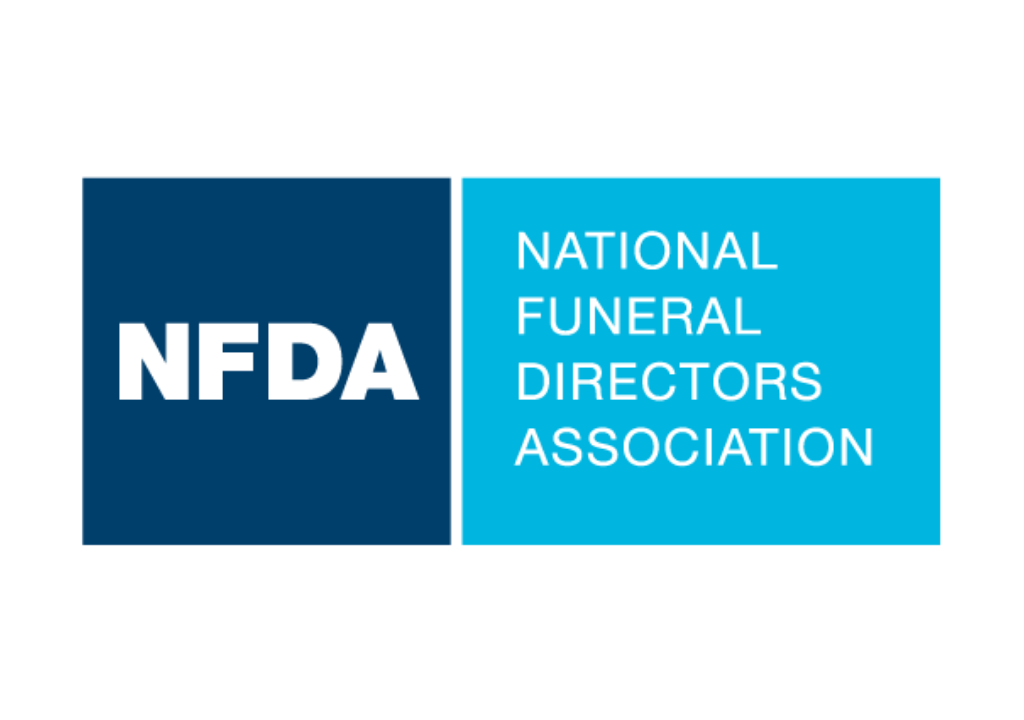City Hopes Being Pulled Over By A Hearse Sends A Message
In a week-long campaign called “That Text or Call Could End It All,” police will be pulling over distracted drivers in a funeral vehicle.
Sirens and red-and-blue flashing lights in your rearview mirror are sure to provoke a sick feeling in the pit of your stomach.
But how much worse would you feel if the cop pulling you over was driving a lurching hearse, complete with a casket on board?
It could happen if you dare to text and drive this week, as Toronto police team up with a local funeral home to send a macabre message: You could end up dead.
In a campaign called “That Text or Call Could End It All,” police are using a hearse to pull over distracted drivers. It’s the result of a lot of brainstorming on ideas to get the message across that texting at the wheel is “essentially impaired driving,” said Const. Clint Stibbe, of Traffic Services.
Police partnered with Leaside funeral services provider MacKinnon & Bowes to borrow the hearse.
“It’s not uncommon that ideas are going back and forth [with police] all the time,” said the funeral company’s Jim Price. He said they often support events such as this, most recently with a drinking and driving campaign.
“If you’re driving on the highway and you see the police car on the road, you tend to slow down,” Price said. Using a hearse is another way to catch drivers who are breaking the law off-guard.
“We told them what our idea was, and they fully supported it,” Stibbe said.
According to police, three traffic fatalities have been directly linked to distracted driving in the past two years. Between 2010 and 2012, about 55,000 people were charged.
Distracted driving includes texting and driving, holding your phone and talking, and playing on your device at a stoplight. Unless you’re stopped with the car in “park” on the side of the road or in a parking lot, you can be charged, Stibbe said.
The campaign launched Monday morning outside the Metro Toronto Convention Centre on Front St. The effect was what police were hoping for.
“Usually the first reaction was the drop of the phone — and then the jaw dropping, because they couldn’t believe they were getting pulled over by a hearse,” he said.
Stibbe said that often, when drivers are pulled over and shown footage of their vehicle swerving on the road as a result of distracted driving, they’re surprised.
“One guy said, ‘I can’t believe it was that bad.’”
But not everyone appreciates that police would use such an extreme measure as a hearse to make a point.
There are some people who don’t like the use of it,” he said. “You have to imagine that some people have some discomfort with seeing something like that.”
However, Stibbe said it’s not presented in bad taste; it’s just very matter-of-fact. Even if people don’t necessarily agree with the idea, the message is clear.
“If somebody’s talking about it, they’re thinking about it, then we’ve done what we needed to do.”




